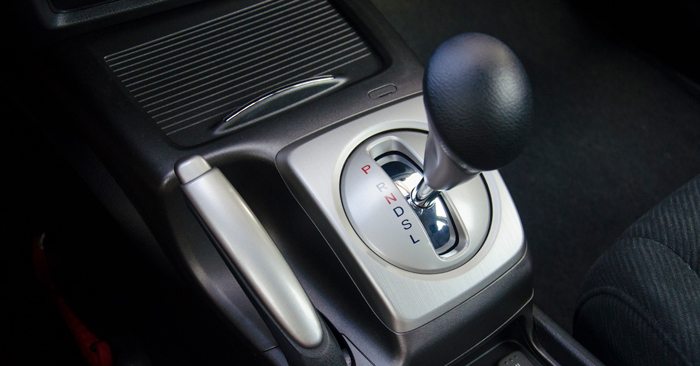The development of the automatic transmission is one of the most important milestones in the history of automobiles. The automatic transmission allowed for a much wider user base than had ever been dreamed of before. The relative ease of operating an automatic meant that more people could learn the skill of driving, and more vehicles could be sold. Eventually, the automatic transmission would replace the straight drive as the standard equipment for most vehicles sold in the U.S.
The history of the automatic transmission started way back in the 1930s with the General Motors Company’s introduction of the “Automatic Safety Transmission.” This model had four forward gears, and was used in some Cadillac, Oldsmobile, and Buick models from 1937-1939. This transmission wasn’t very successful, however, due to cost and reliability problems. General Motors later introduced the “Hydra-Matic” transmission, a further evolution of the Automatic Safety Transmission. This model increased fuel economy, and was much more successful.
In the 1940s and 50s, the automatic transmission was further enhanced by Buick with the incorporation of a torque converter. These models were known as “Dynaflow,” and contained only two forward gears. The application of the torque converter allowed for more forward gear ratios and speeds, and resulted in the Dynaflow becoming a success.
Borg Warner further developed the use of a torque converter and introduced the first three-speed automatic transmissions in the early 1950s. These transmissions were used by Ford and Studebaker, among several other companies.
Three-speed automatic models remained the industry standard until the late 1970s and early 1980s which brought about the use of transmissions with an overdrive. The overdrive gear allowed for four or more forward gears, and nearly all manufacturers offered transmissions with this new feature. The overdrive gear offered improved performance and fuel efficiency, which were high demand features. The lock-up torque converter was also introduced at this time, further advancing transmission efficiency by eliminating slip.
Four-speed overdrive transmissions are still being used in many vehicles today, but are slowly being phased out for newer models. Modern developments include an increasing number of forward gears and the use of electronic control systems. Automatic transmissions with five and six forward gears were developed in the 1990s, while seven and eight-speed models starting being introduced in the 2000s. Nine-speed models are currently being developed and used by some manufacturers, including Jeep and Honda. Nine-speed models are not being used widely yet, as problems such as hard or delayed shifting are still common. However, nine-speed transmissions are showing good results with efficiency and fuel-economy.
Electronically-controlled transmissions offer the advantage of more precise shifting, systems monitoring, and even adjustment for driving conditions. These improvements help reduce slip and heat build-up in the transmission. Increased communication between the transmission and other electronically-controlled components results in higher reliability and efficiency across the vehicle.
The future of automatic transmissions will be in the continued improvement of nine-speed models and the advancement of electronic control systems.

